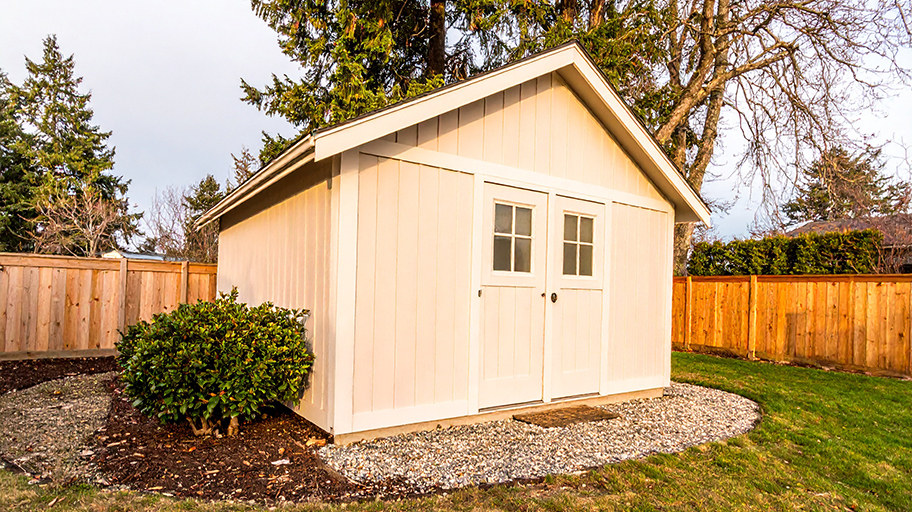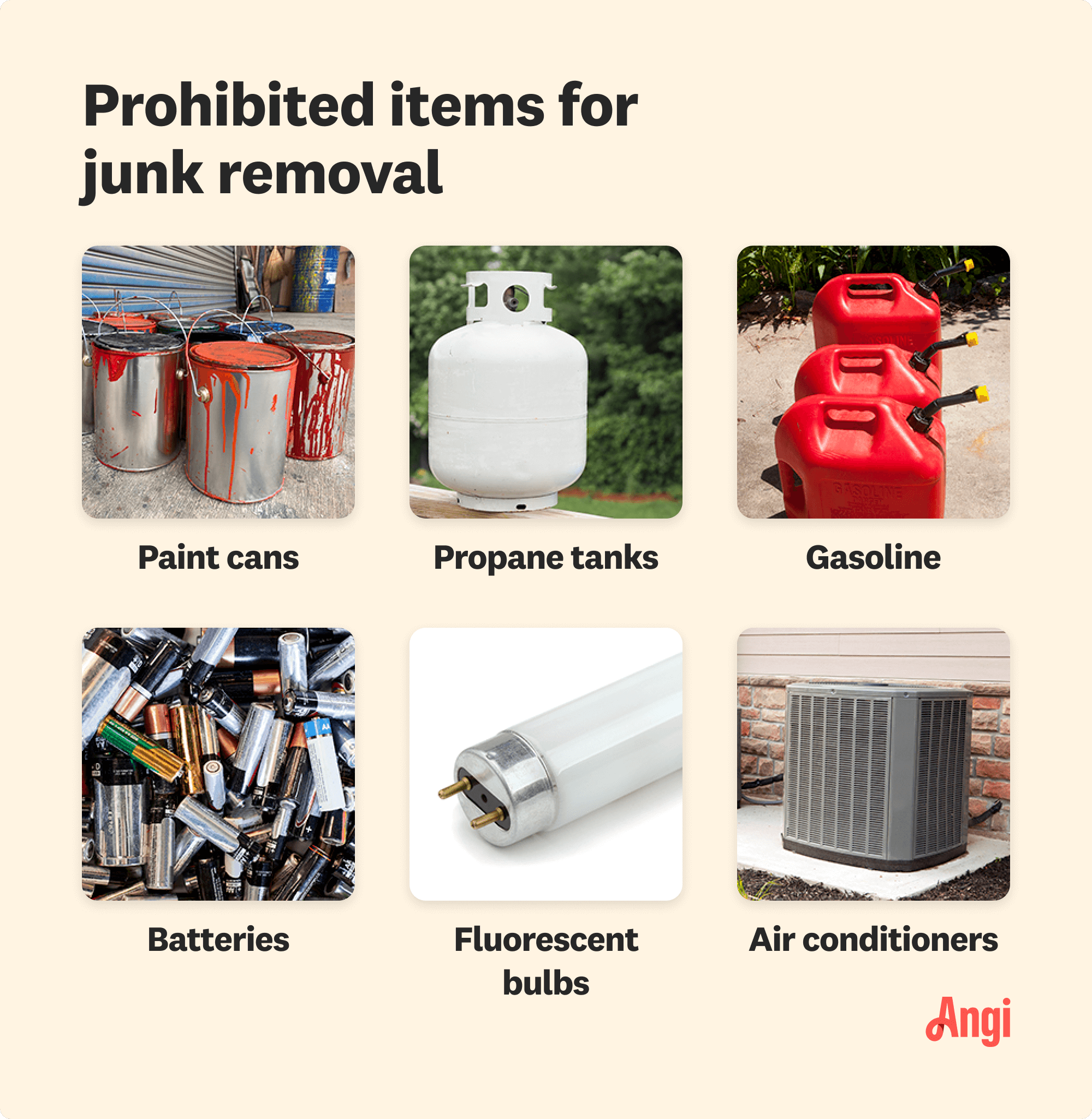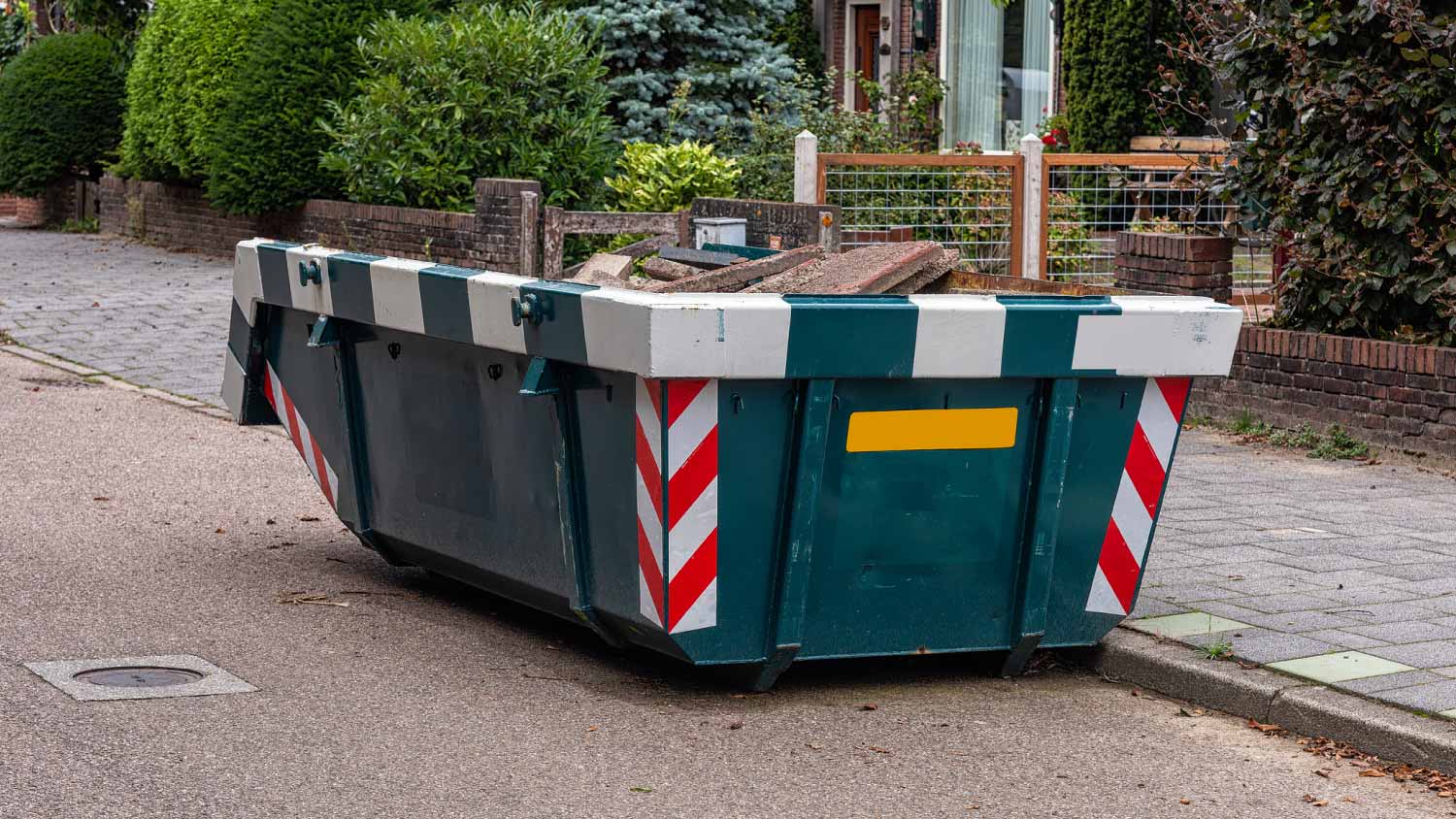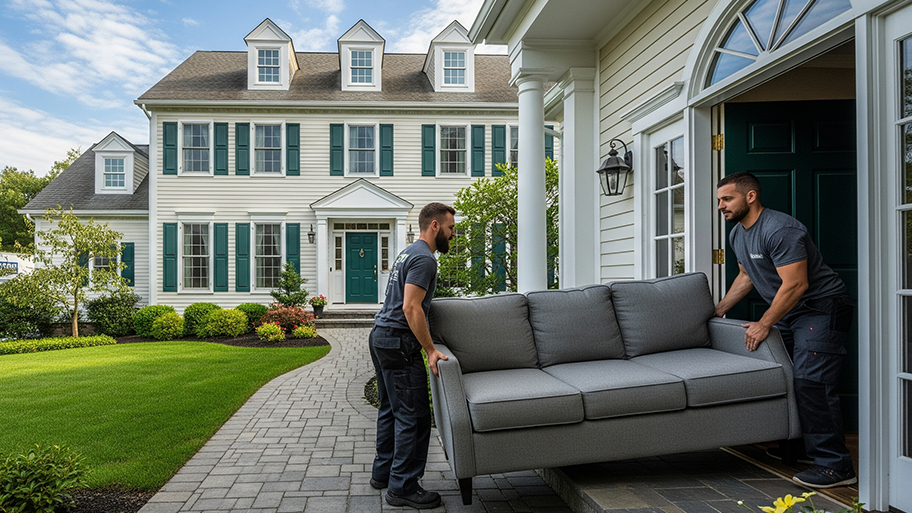
Shed removal costs depend on size, materials, condition, and if you DIY the demolition or not. This guide will help you budget to remove your shed.
Keep your clutter cleanup stress-free by staying organized


If you’re facing a mountain of unwanted items taking up too much space in your house, hiring a junk removal service can help you achieve a clutter-free clean slate. These services haul away large loads of junk and dispose of it for you, handling all the heavy lifting so you can enjoy your home again.
These five steps for how to prepare for junk removal will help you navigate the process and make sure you’re ready when the truck pulls up.
Knowing what you need to get rid of ensures you don’t miss anything and allows the junk removal company to provide you with an accurate quote. Be methodical when making your list—go room by room to inventory items, focusing on larger items since those will take up the most room in the truck.
The best time to get rid of junk is often before moving or after a home cleanout, so a list will help you keep track of what you’re throwing out and remind you what you still have. Making the list can be time-consuming, so give yourself plenty of time before your scheduled junk removal day to complete the list without getting stressed out by a looming deadline.

Once you know what you’re getting rid of, contact a local junk removal service for a quote. Your price will be based on the size of the load and what’s in it. There may be extra costs to remove furniture and appliances or to dispose of old mattresses—some areas have additional fees for these items. Depending on the load size, junk removal averages between $150 and $350.
Sometimes, an item is in perfectly good condition, but you just don’t have any use for it anymore. Donating to charity is a good way for your unwanted items to get a new lease on life with someone who can use and enjoy them. As you’re working your way through your home identifying what to get rid of, designate a separate area to set aside anything that can be donated.
Many professionals who can haul your junk away will also bring items to a donation center. Ask the junk removal company if they handle donations—it can save you from making a trip yourself. Some services sort through the pickup load before donating, while others require donated items to be set aside. Either way, having a separate donation pile will help keep the junk removal process running smoothly.

There are some items that junk removal services won’t take due to environmental concerns or additional required permits, including paint, gasoline, batteries, and other hazardous materials. The company can provide you with a list of prohibited items and can direct you to the appropriate resources to dispose of hazardous material.

Some junk removal companies require you to bring your items to one place in your home, while others will collect items from different rooms. Ask the company if you need to bring everything to a central location before pickup. If not, make sure it’s clear which items you’re getting rid of and which you’re keeping.
Setting aside discarded items in the center of each room is a good way to separate what’s going and what’s staying. Make sure the discard pile doesn’t contain anything you want to keep—you don’t want to discover later that you got rid of sentimental or valuable items you wanted to hang on to. If you have large or heavy items you can’t move yourself, attach a tag to anything you want the junk removal service to take.
Preparing for junk removal means knowing how much you’ll likely pay. Junk removal costs between $140 and $380, depending on the type and amount of junk. Certain items, like bulky furniture and appliances, may have higher removal costs.
Check with your junk removal company first to see if you have any hazardous waste, such as paint, batteries, chemicals, or electronics, as not all junk removal services accept this type of waste. This might also be true for appliances containing Freon, such as refrigerators or air conditioning units.
Although hiring a pro for junk removal can be pricey, it’s often worth it for the time and labor savings. If you choose to remove junk yourself, you’ll need a vehicle that can handle your load and a local dump that’s open to the public. You might need several trips to get all your items to the dump.
Alternatively, you can rent a dumpster. The dumpster rental company will deliver the dumpster to your driveway, and you’ll fill it with your junk yourself. Once it’s full, the rental company will collect the dumpster and dispose of the items for you. Renting a dumpster typically costs between $300 and $500 per week.
From average costs to expert advice, get all the answers you need to get your job done.

Shed removal costs depend on size, materials, condition, and if you DIY the demolition or not. This guide will help you budget to remove your shed.

Appliance removal costs can vary widely. Learn the average cost of appliance removal and the factors that affect how much you pay.

Furniture removal costs depend on the type, size, and location of items. Learn the average cost of furniture removal to free up room in your home.

Getting rid of old concrete can be challenging, but you can tackle it with the right tools and methods. Learn how to break up concrete and remove it.

Old washers and dryers can be difficult to dispose of. Learn how to dispose of a washer and dryer with as little hassle as possible.

There are several types of pros that you can hire to appraise, haul, and sell your belongings so you won’t have to do the heavy lifting yourself.